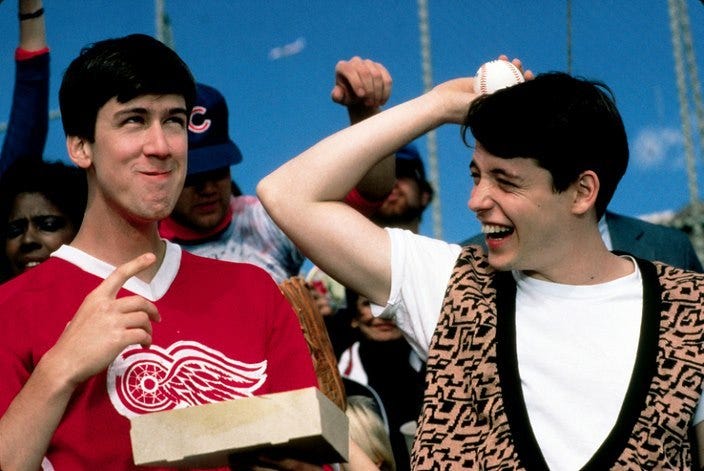Classic Movie Locations that Directors Love to Use

Sometimes the most memorable moments in movies arise when the story diverges from the main focus of the film into a subplot or short scene set in a location with a different environment from the rest of events. Here is a look at three settings that allow directors the chance to produce visually stunning scenes or find a source of comic relief in locations that are not necessarily part of the movie's central plot.
Elevators
Considering how uneventful most trips in real life are, there seems to be a disproportionate amount of action that occurs in the confined space of an elevator. Perhaps it is the confined space that provides the allure; juxtaposed against high-energy situations, elevator journeys can provide respite and comic relief.
That is assuming you're not in an elevator surrounded by bad guys, in which case the four walls serve as something to throw people up against. Captain America lays waste to a multitude of generic bad guys in Captain America: The Winter Soldier while John McClane proves to be another action hero capable of overcoming generic bad guys in small spaces in Die Hard With A Vengeance.
McClane has truly mastered the art of elevators, demonstrated in a scene in Die Hard that is slightly more comic if you're not the henchman whose corpse is being used to deliver a message about Bruce Willis' character obtaining a machine gun. Another comicelevator scene happens when Buddy in Elf fulfils all children's desires by pressing every button available, whilst a more innovative scene occurs in the mind-bending Inception when Joseph Gordon-Levitt's character has to conquer dreams, gravity and more dreams within dreams to fight off some generic bad guys.
Casinos
Casinos are a goldmine for directors, a dazzling spectacle for the senses. Ignoring movies specifically about casinos, such as Ocean's Eleven and, um, Casino, any excuse for protagonists to venture to a casino allows extended scenes establishing the variety of games, characters and emotions that inhabit this location. From Selena Gomez's unlikely cameo in The Big Short to explain the workings of synthetic CDOs to the intense events in Logan when Professor X and Wolverine came to stay, casinos can provide exciting backdrops while the story moves forward.
The sensory range, and on occasion overload, can signpost to the audience that events are about to propel forwards in the same dramatic way that a poker game can turn on a single hand. Every background character in the casino has their own distinct emotions to make the film world seem richer and more detailed; such emotions are not only related to the casino game player or protagonist but are, at least to an extent, shared by everyone in the room. This "moodscape" that casino settings can provide has been employed by directors to give viewers more insight into main and secondary characters alike.
Baseball
In a similar vein to casinos, sporting arenas can provide a detailed and stunning backdrop to events. The farcical denouement of comedy The Naked Gun is an extended and memorable take on a baseball match. Leslie Nielsen's Lieutenant Frank Drebin does just about everything possible, from singing the national anthem to umpiring the match, with hilarious and ridiculous slapstick results. The undoing of Ferris Bueller's Day Off almost comes when the titular character catches the ball at Wrigley Field, managing to be the focus of the TV cameras but not his despairing Dean.
Even back in 1928 film-makers were taking advantage of baseball's arenas. In The Cameraman, Buster Keaton's character heads to the Yankee Stadium to capture the game only to realise that the Yankees are playing elsewhere. Undeterred, Keaton acts out the baseball plays on his lonesome to make compelling footage of his own. Locations such as these will serve as exciting diversions for movie directors to use for years to come.


